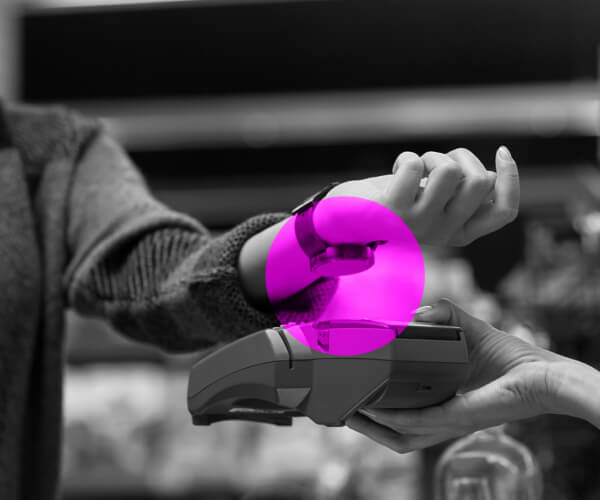When Behaviorally rebranded earlier this year, one of the pillars around which we built our brand promise was the principle that we would always take a “digital-first” approach to shopper insights.
Now and again, we feel it is important to stop and take stock of why and how “digital-first” continues to be highly relevant to defining and diagnosing the factors that influence consumer choice and drive shopper growth for our clients.
There is a component of the “digital-first” commitment that embraces the need to make research agile and efficient. The COVID crisis made digitally based research an imperative, both in quant and in qualitative methods, if agencies were to deliver quality, reliable insights, even as lockdowns constrained our ability to do research. At Behaviorally because of strategic investments we had already made, we were grateful to have been prepared for that pivot.
But “digital-first” is much more multi-dimensional than simply executing research online.
As consumers, our lives have become decidedly digital. As a result of the pandemic, “digital” became the way we lived our lives, how we worked, communicated with family and friends, how children for the most part attended school, and how we shopped. And all indicators suggest that as COVID related restrictions are lifted, we will not revert back fully to where we were before. Behaviors may be volatile and change further, but of one thing we can be certain: digital behavior is here to stay.
So, as researchers, if we are to develop accurate and actionable consumer and specifically shopper insights, by definition, we must observe and interpret the implications of behavior through a contextually digital lens.
Lately we have been reading a lot of the reports by eMarketer, who track many of these digital data points as a means of predicting how consumers’ behaviors, media and retail are likely to change in the future. In aggregate, they identify challenges and opportunities for brands who need to adapt in order to influence consumer choice along the omnichannel path-to-purchase.
One recent story chronicled the increasing amount of time spent in the US population on non-voice mobile activities. This means audio, social, video, messaging, gaming and now, of course, increasingly shopping!

Another eMarketer report chronicles the massive acceleration in “click and collect” e-commerce retail orders, growing by 106.9% in 2020 over the previous year.

In isolation these are interesting. But if you start piecing these together with other evidence of consumer behavioral shift, you can begin to appreciate why a “digital-first” approach really matters in the quest to optimize brands’ chances to win in retail.
At Behaviorally, we have spent decades developing category competency to help clients manage the impact of shopper marketing in brick-and-mortar retail environments. The challenges for category managers have gotten geometrically more complicated with the growth in e-commerce and the challenges as brands attempt to influence consumer behavior along the omnichannel shopper journey. What we can say with confidence is that the “digital-first” pillar in our foundational approach to understanding shopper behavior is a key to helping our clients achieve shopper growth even as change is the constant and complexity in retail is the new norm.
In the coming months we will be unveiling further innovations to our suite of solutions that uncover the behavioral benefits and barriers that influence shopper choice. Rest assured that they will have our “digital-first” mindset at the core!
 THE AUTHOR
THE AUTHOR
Francesca D’Souza is an experienced researcher with a passion for understanding human behavior. Through extensive international experience working in the UK, China and the US, Francesca has a wealth of knowledge across shopper touch points, including packaging, shopper, e-commerce, product and forecasting. Francesca is also a language enthusiast who loves to travel and learn about new countries and cultures.
